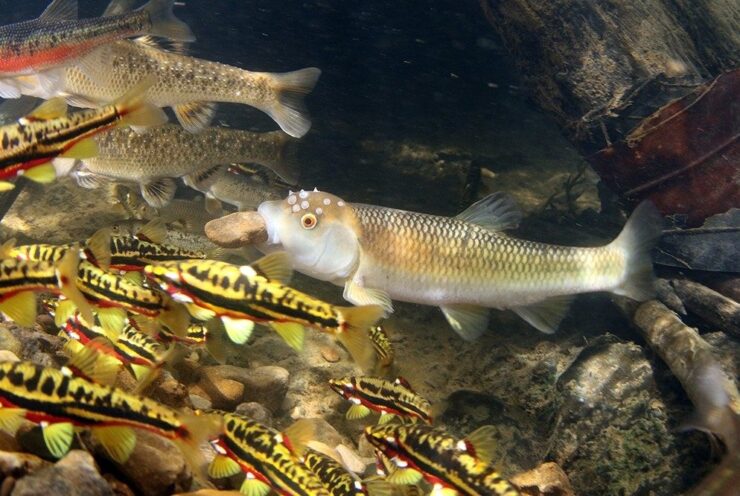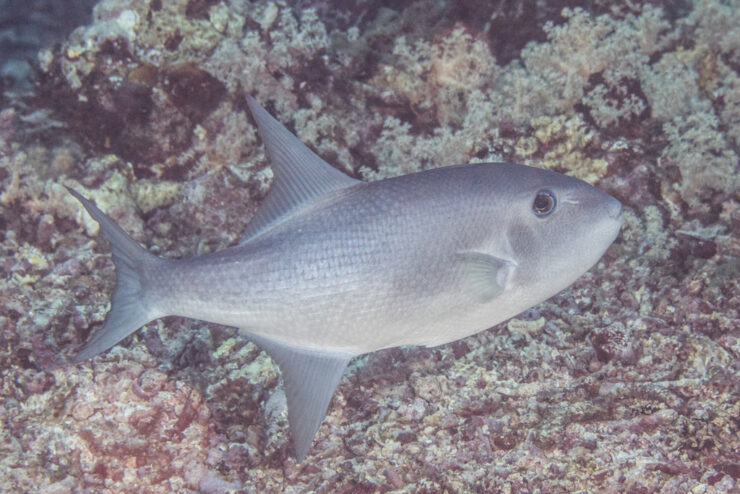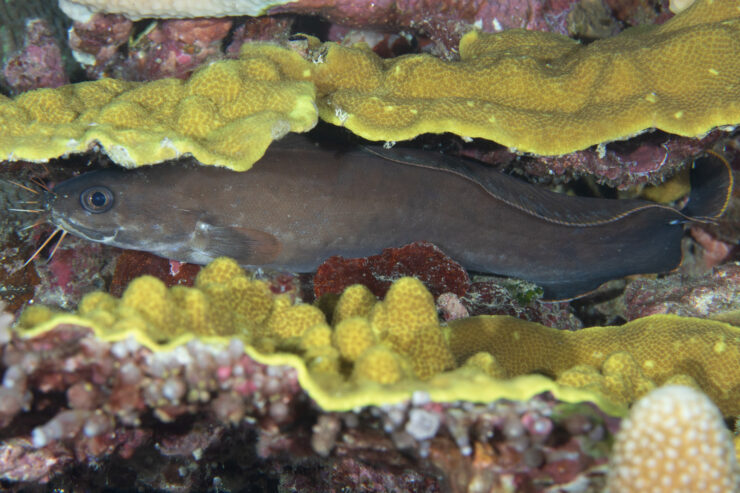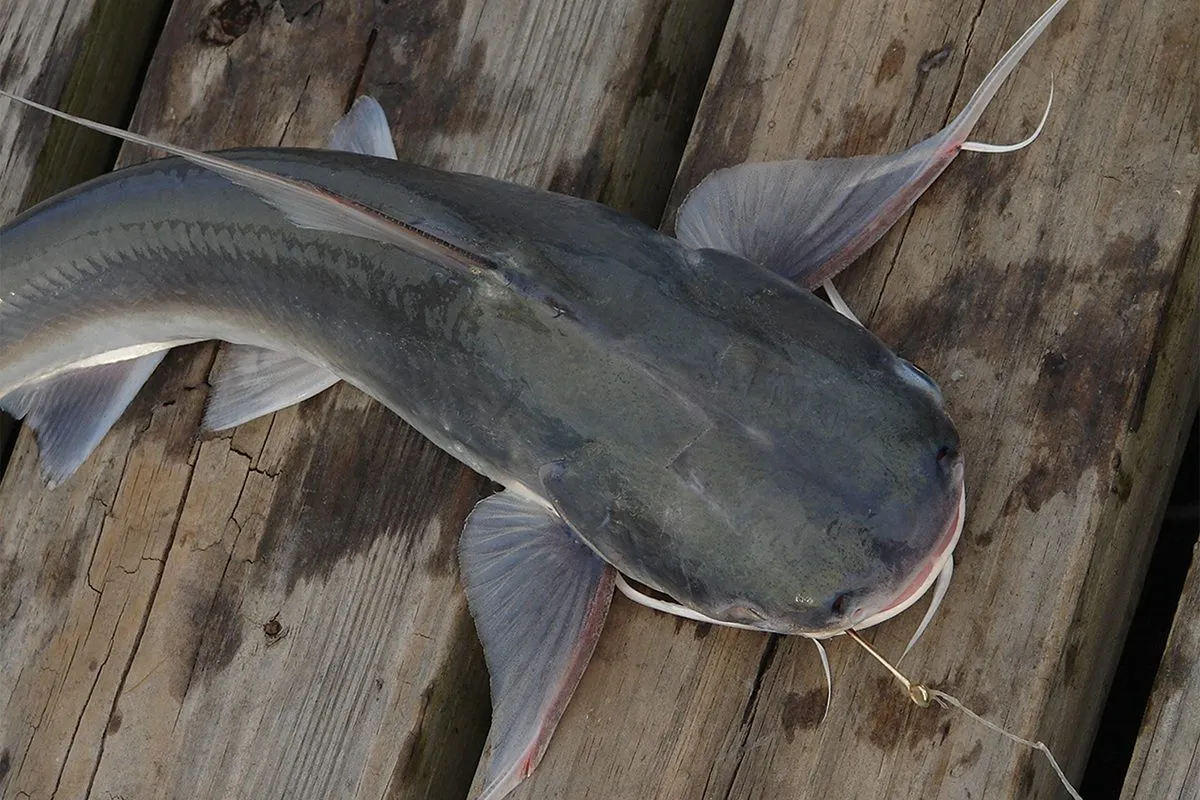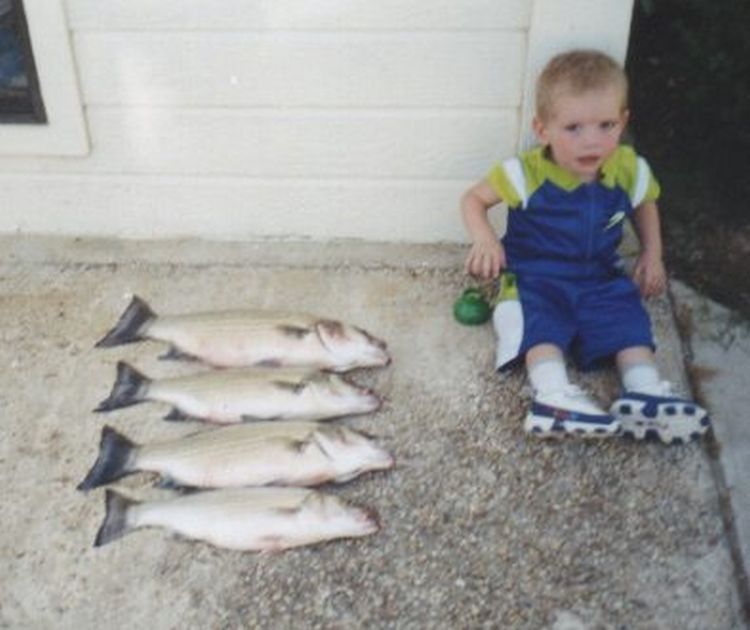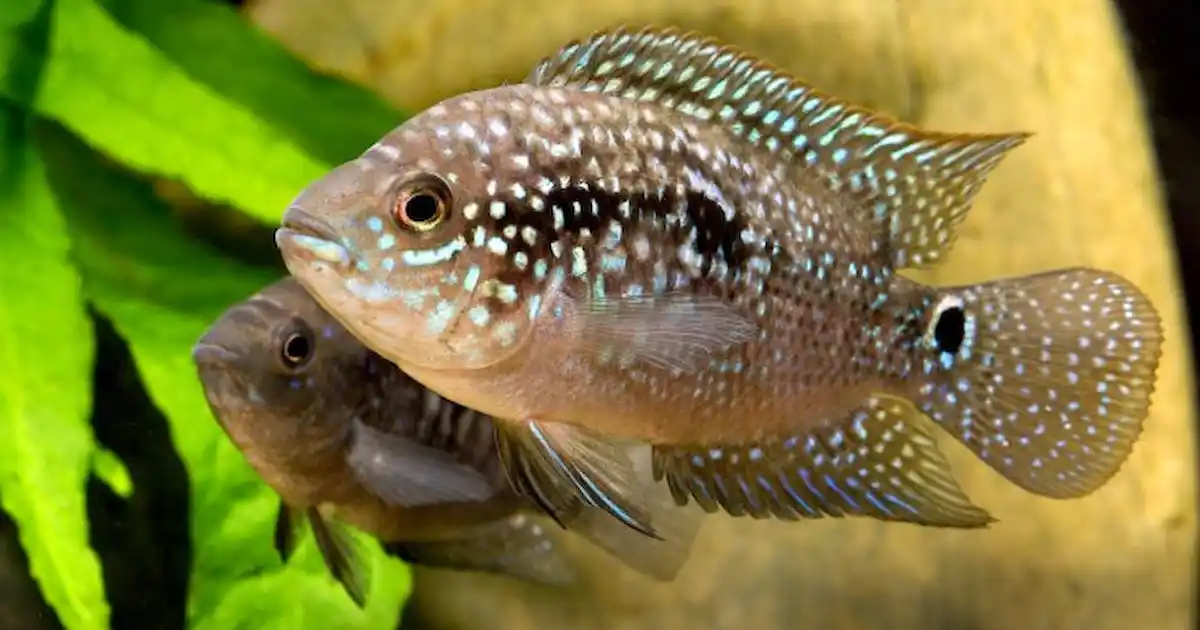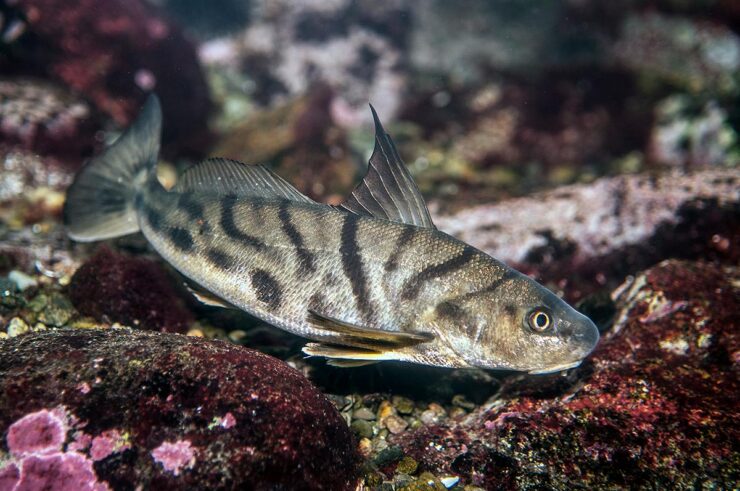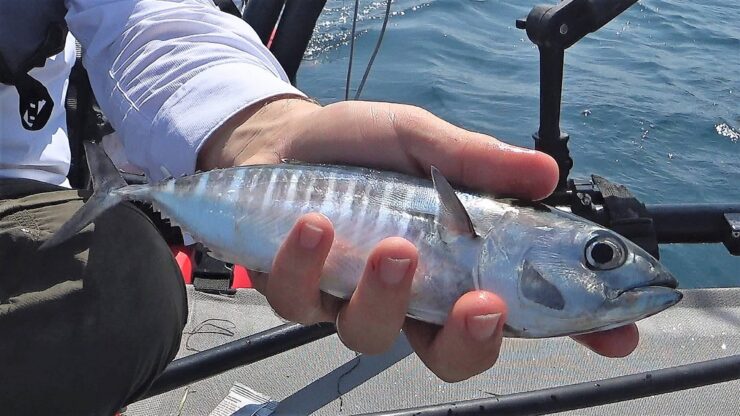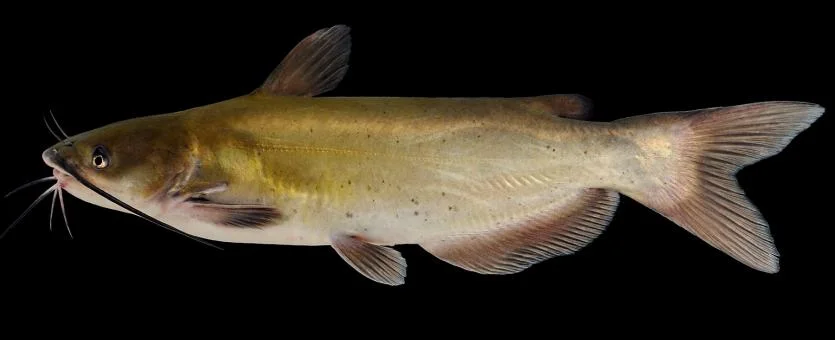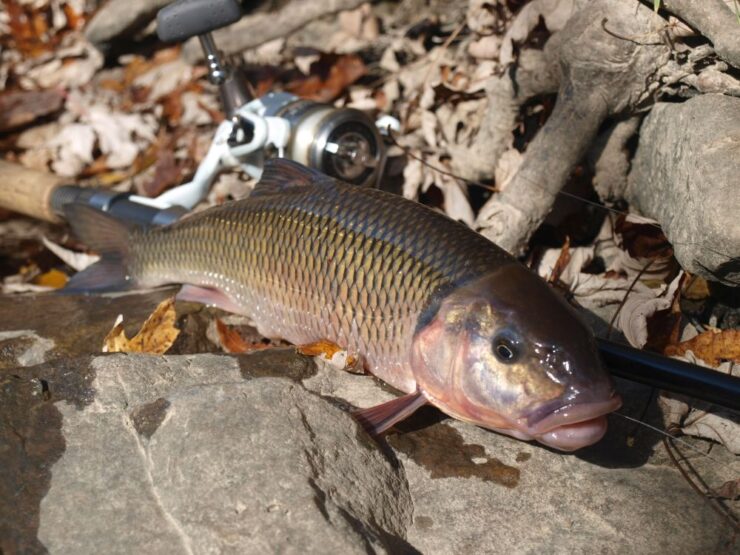Fish Facts: Bluehead Chub (Nocomis leptocephalus)
The bluehead chub has a stocky body and a very large head covered with tubercles. They have olive to brown sides often with dorsal and caudal fins orangish. The fish pictured above is a male which can be easily identified during the breeding season because their head turns blue. The average adult size is about … Read more

